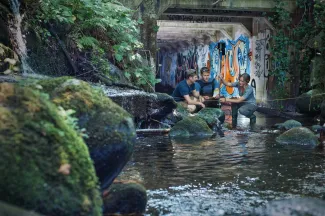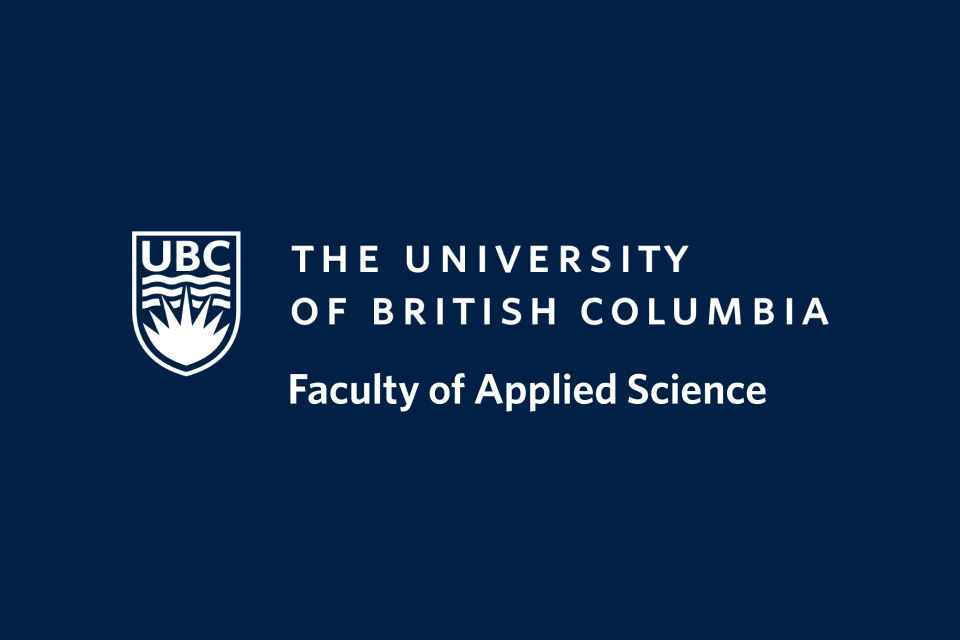"It’s very fun to be part of the engineering culture here at UBC to participate in events like E-Week. This is a week of competition between each of the engineering programs."

Madeline Clarke
- Degree:
- Bachelor of Applied Science
- Program:
- Campus: Vancouver
Why did you want to study engineering?
I found it hard to figure out what I wanted to study, and in grades 11 and 12 I felt like I had way too many options to choose from. One day in math class I thought ‘I’d like to do a degree where I can do a fair bit of math.’ That led me to engineering.
You’re part of the joint program with UNBC. Tell us how that works.
The UBC/UNBC joint environmental engineering program was actually the first environmental engineering program offered through UBC, with the entirely UBC-based environmental engineering program developed later. In the joint program, you do your first two years at the University of Northern BC in Prince George and then spend two years at the UBC Vancouver campus. You then go back up to Prince George for one additional semester that focuses on practical environmental engineering challenges.
joint environmental engineering program
Are you involved in an extracurricular activities?
I go to a lot of events through the Environmental Engineering Student Association. We are an active group and participate many campus-wide activities, from Storm the Wall to a geocaching scavenger hunt (that was held in the pouring rain in Pacific Spirit Park!).
It’s very fun to be part of the engineering culture here at UBC to participate in events like E-Week. This is a week of competition between each of the engineering programs.
For example, each program designs and builds a chariot that four people then pull around an obstacle course. In another event, you need to build a drink-serving device that represents your program in some way. We designed ours to look like a drinking water plant and had a very mucky-looking beverage on one side (thanks to adding some cinnamon) that was then filtered by our system to come out clean.
Environmental Engineering Student Association
You mentioned that you have an Indigenous background. Does this influence the way you approach engineering challenges?
I have Indigenous roots through my father’s side of the family. I think my Indigenous heritage contributes to why I care about the environment and feel a responsibility to the land. I am interested in water and wastewater treatment and it is my hope that I could work in this area after I graduate, perhaps working in communities that do not currently have access to clean water.




